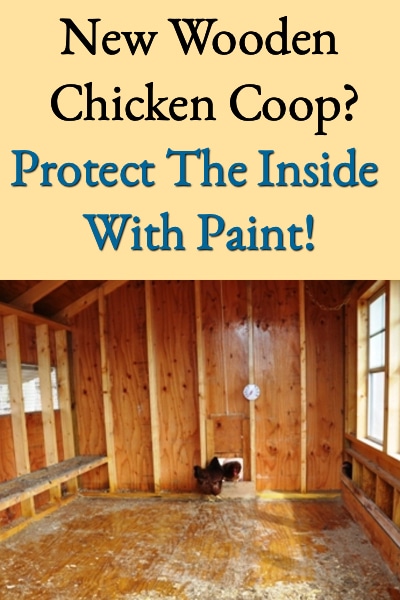
It can make a tremendous difference in how well the coop performs through the years.
Why Consider Chicken Coop Paint Protection?
By painting the interior wood surfaces of a coop before adding chickens, you help protect the wood, make it harder for chicken parasites to hide out, and make the coop easier to clean.
It’s much easier to accomplish this before you add bedding material and chickens to the coop and the benefits of new chicken coop paint protection will last for years.
What Product To Consider For Paint Protection?
When we got our first wooden coop (see New Chicken Coop), someone suggested that Minwax (Helmsman) Spar Urethane. They said that it was a product that was safe for use around livestock and that would be good for protecting the inside of the coop.
We did a little research, called the company and asked questions, and concluded that it would be an excellent product to protect the coop interior.
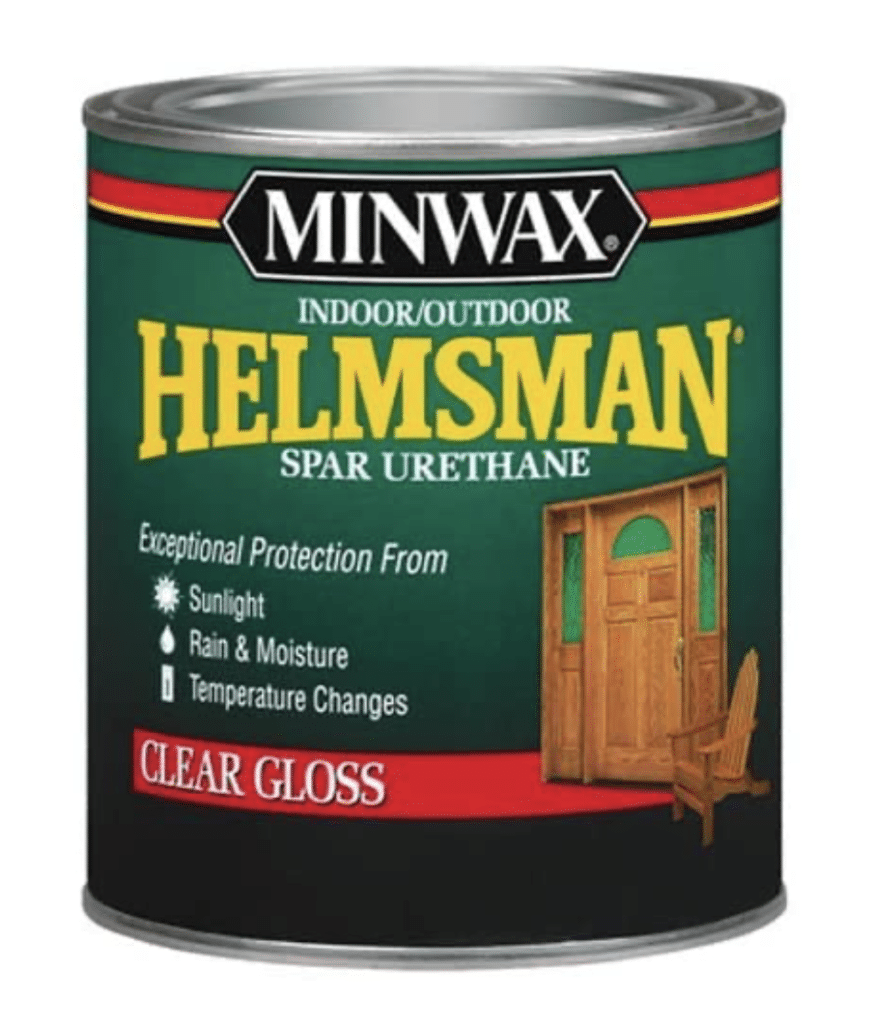
So, we painted the inside of the coop (floors and all) with the “Clear Gloss” version of the product. The pictures below show the before and after pictures of how the coop looked inside.
- New Coop Interior Sidewall
- Coop Sidewall After Urethane
- New Coop Interior Frontwall
- Coop Front After Urethane
- New Coop Backwall
- Coop Backwall After Urethane
Chicken Coop Paint Protection Results
It’s now over 10 years later, and I can tell you that the coop doesn’t look nearly as pretty inside, but it still has a nice protective coating of urethane on it’s surfaces.
The coop is holding up great, we’ve never had parasite infestation problems, and it’s still pretty easy to clean.
I sure am glad someone bothered to suggest new chicken coop paint protection for the interior. And that we listened! You can purchase the exact product we used from Amazon: Minwax Spar Urethane

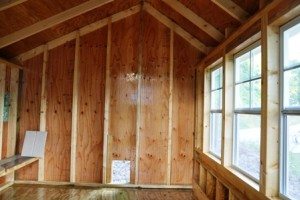
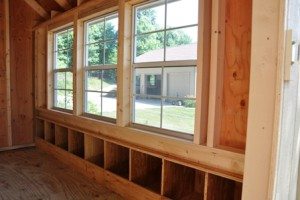
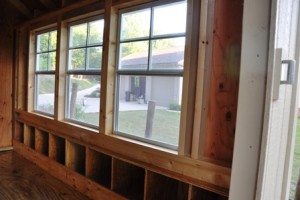
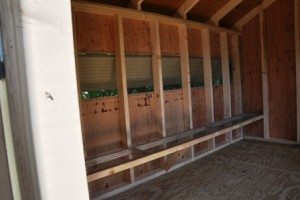

Debbie S. Sheegog says
Hmm….thanks for this and the beautiful, wonderful photos of the chicken house! It is amazing. It’s also basically the style we are continuing in the standing 100-year old chicken house on our farm. All wood is that old. The floor and one wall are the main re-building projects, with beautiful old walls, roof, hen nests, and a late 1800’s door.
I, too, like anyone, am concerned about painting any coat of anything anywhere but especially inside the chicken house. It is sort of an oxymoron for us seeking/ using non-treated wood to avoid any chemicals and then coating it with a chemically based layer of protections. It will be interesting to look into it and will be happy to write you back!
It is a good idea and we would really like to weather proof at least the floor surface, even if it’s just the subfloor.
Still, after-all, wood is wood and it will all eventually fall apart, without maintenance, at the point of 100 years or so, so we are going with untreated lumber for below and above the subfloor layer. That means buying untreated timbers, (only one type of wood, fir, at Lowes!), to replace 4 of the 7-8 large ones that make up the support system,( 100-year old wood,) the hand-built plank subfloor, (replacing w/ the untreated plywood), and unsure what to top that with. It once was an incredible hand-built tung and groove floor we salvaged pieces from. It all fell prey to insects, water damage, wildlife, and time.
Thanks so much!
Lesa says
Hi Debbie, It sounds like you’ve got the basis for an awesome chicken coop. I’ll be interested to hear what you decice. 100 years is awesome for the first time around!
Tatiana says
Hi! Great read. I am wondering how many coats you did and how long I should wait to put my chickens in? Overnight… few days ? Thank you!
Lesa says
Hi Tatiana, I believe we did two coats and waited several days before putting the chickens in. You want to make sure that it’s completely dry.
Ed D says
Hi Lesa! Great website, lots of great info here!
I do have to make one comment though on this paint choice. May I ask what research and answers the company gave regarding your questions on using this product? It seems this has an extremely high VOC content of 350. (Low VOC products can not exceed 50) I would be pretty uncomfortable putting my chickens around any product that is so toxic, especially considering that will go into the eggs we consume.
I’d be interested if you have any other info about this.
Lesa says
Hi Ed! VOC’s are emitted as the paint is drying, so of course, you wouldn’t put the chickens in the coop until this paint has thoroughly dried. At that point, the paint is considered safe (according to the company) and you don’t need to worry about it getting into the eggs. I haven’t researched whether there are low VOC alternatives to the paint.
Eileen says
Interesting articles both keeping them warm and painting the coup!!! How long after painting the coup until you can safely let the chickens in?
Lesa says
Hi Eileen,
You just need to make sure that the paint is THOROUGHLY dry.
Lesa
Bob says
Laura come on now.
Randi says
Bob we’ve talked about this.